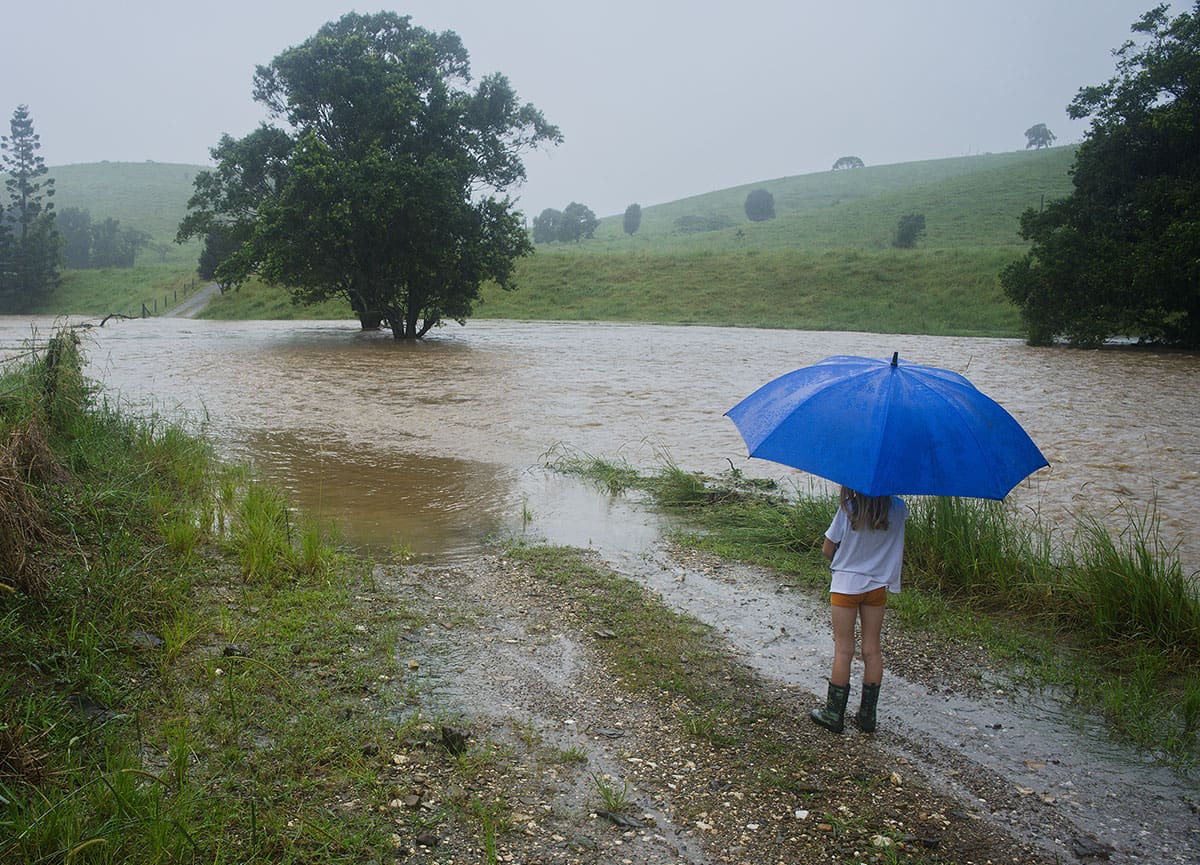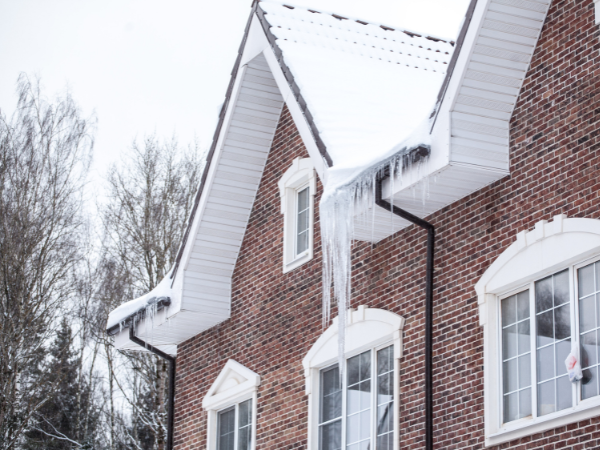Disaster Supply Checklist
- Water (one gallon per person/per day for 3 -7 days)
- Food: Non-perishable packaged or canned food/juices, specialty food for infants or the elderly, snack food, cooking tools/fuel, paper plates/plastic utensils/paper towels
- Cash (at least $300-$500 in various increments)
- First aid kits (face masks, hand sanitizer)
- Medications (2-week supply of prescription drugs)
- Clothing (including rain gear and sturdy shoes)
- Flashlights (one for each family member)
- Portable NOADD radio
- Batteries (lots of batteries)
- Personal Hygiene Essentials (toilet paper, feminine hygiene products, trash bags, etc.)
- Extra glasses, contact Lenses
- Baby diapers/formula
- Phone charger
- Local maps
Additional considerations
- Generator
- Additional fuel
- Waterproof container
- Matches
- Copy of keys
- Pet care items
- Chlorine bleach
- Coolers (food, ice)
- Books, games, etc.
- Fire extinguisher
- Duct tape
- Whistle
- Tools (wrench, pliers)
Checklist for your vehicle
- Gas (keep your tank full)
- First aid kit
- Tire inflator
- Basic toolkit
- Flashlight
- Bottled water
- Working jack & spare tire
- Jumper cables
- Road flares
- Cell phone charger
- Nonperishable food (including can opener)
- DC to AC power converter
- Road flares
- Cash
Shelter supply checklist
In addition to your emergency supplies (food, water, medicine, flashlights, batteries, first aid kit, etc.), the following are good items to bring with you if you must evacuate to a shelter:
- Pillows, blankets, sleeping bags or air mattresses
- Extra clothing, shoes, eyeglasses, hearing aids (and batteries), etc.
- Personal toiletries, towels
- Folding chairs, lawn chairs or cots
- Personal hygiene items (toothbrush, toothpaste, deodorant, etc.)
- Quiet games, books, playing cards, and favorite toys for children
- Important papers and irreplaceable keepsakes (driver’s license, special medical information, insurance policies and property inventories, photographs, etc.)
Pet survival (for pet-friendly shelters)
- Proper ID collar and rabies license tag
- Carrier or cage
- Water and food bowls
- Medications
- Food supply to last about three days
- Special care instructions
- Newspapers/plastic bags for waste disposal
- Toys and comfort items
- Muzzles, if necessary
- First aid supplies
- Manual can opener
- Proper ID on all belongings
For more information
We’re ready to help when you are. Get in touch and one of our experienced Baldwin advisors will reach out to have a conversation about your business or individual needs and goals, then make a plan to map your path to the possible.
This document is intended for general information purposes only and should not be construed as advice or opinions on any specific facts or circumstances. The content of this document is made available on an “as is” basis, without warranty of any kind. The Baldwin Insurance Group Holdings, LLC (“The Baldwin Group”), its affiliates, and subsidiaries do not guarantee that this information is, or can be relied on for, compliance with any law or regulation, assurance against preventable losses, or freedom from legal liability. This publication is not intended to be legal, underwriting, or any other type of professional advice. The Baldwin Group does not guarantee any particular outcome and makes no commitment to update any information herein or remove any items that are no longer accurate or complete. Furthermore, The Baldwin Group does not assume any liability to any person or organization for loss or damage caused by or resulting from any reliance placed on that content. Persons requiring advice should always consult an independent adviser.






